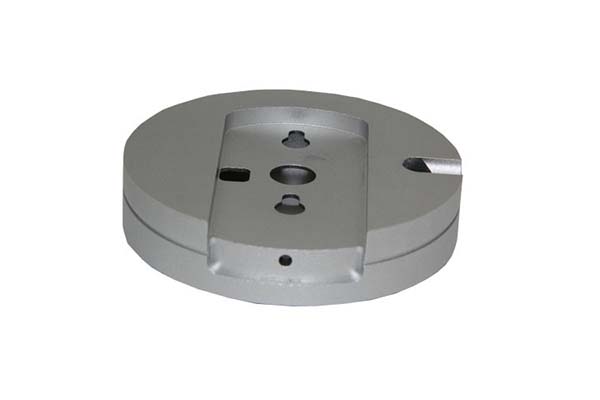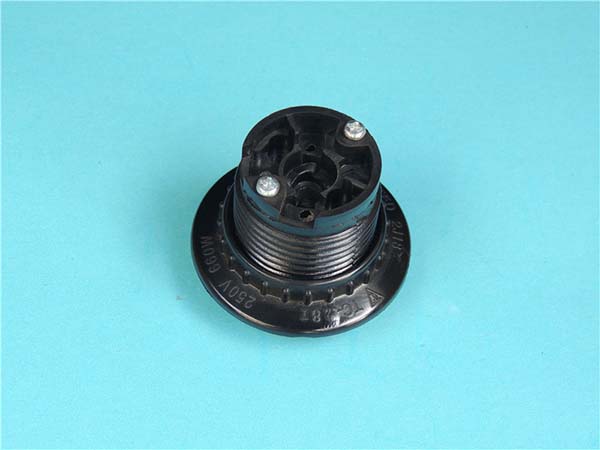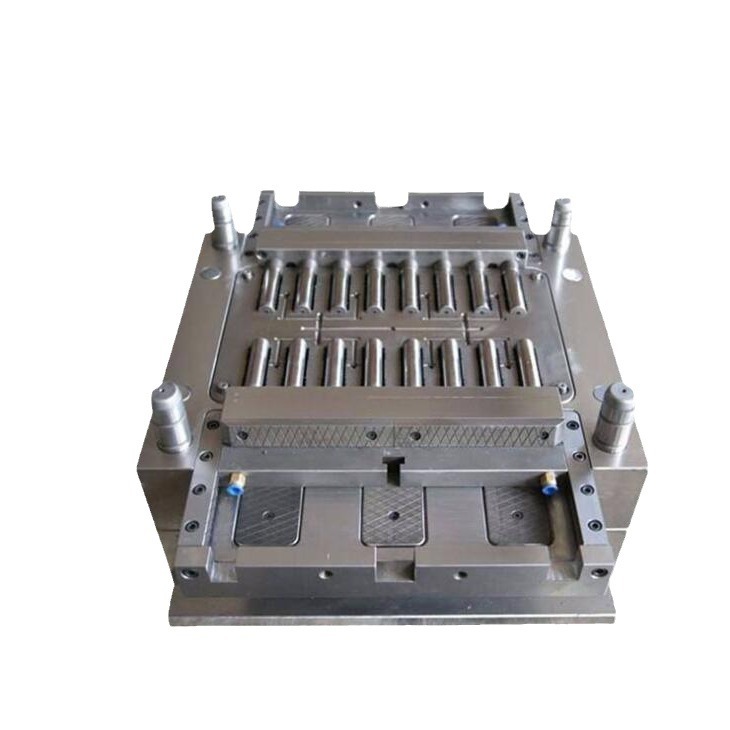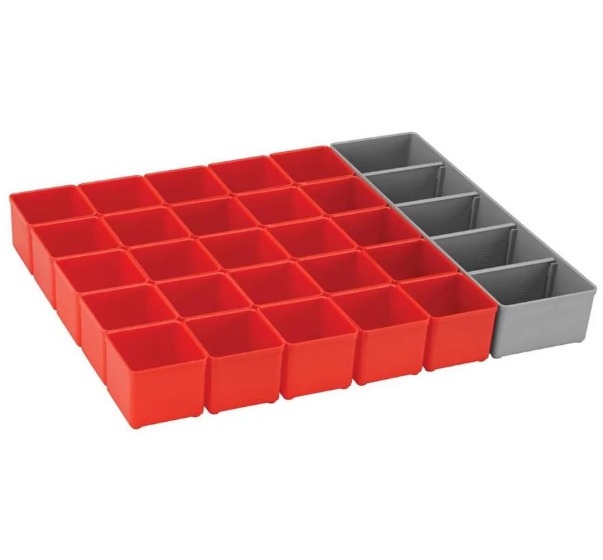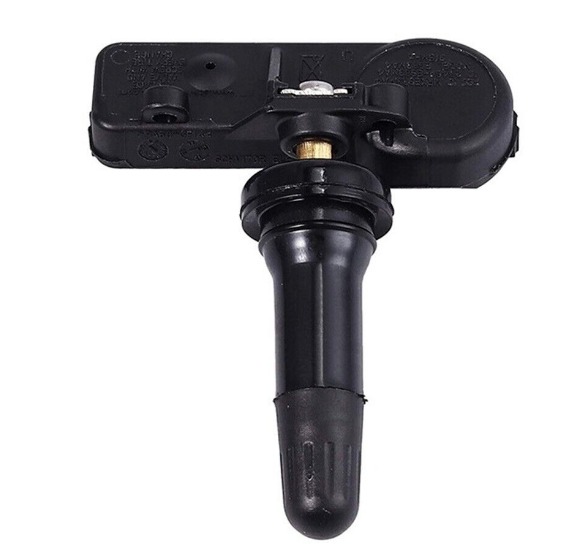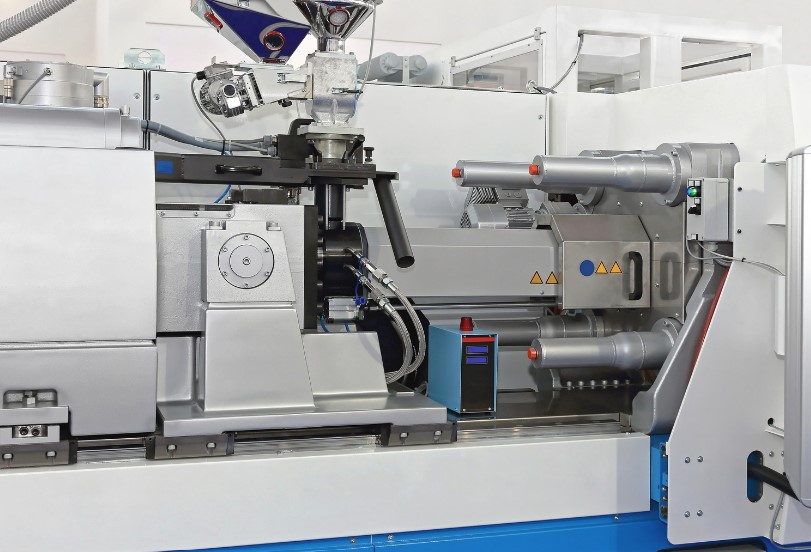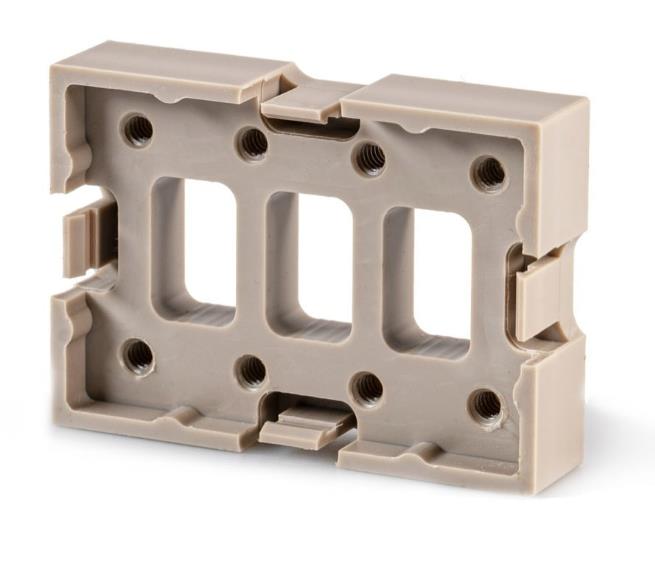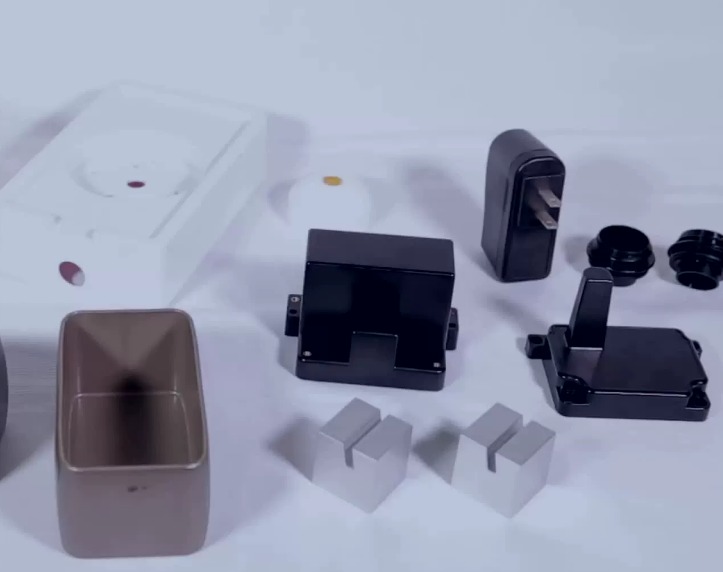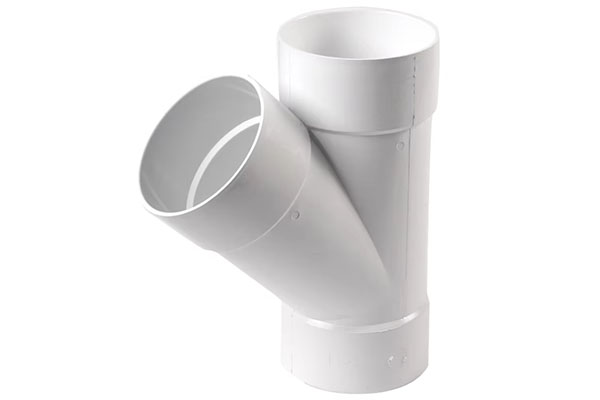What is Metal Injection Molding (MIM)?
Definition and Basics
Metal Injection Molding (MIM) is an advanced manufacturing technology that combines the advantages of plastic injection molding and powder metallurgy. It involves mixing fine metal powders with a binder to form a homogeneous feedstock, which is then injected into a mold cavity under high pressure. After injection, the green part is removed from the mold and undergoes a series of post - processing steps, including debinding and sintering, to achieve the final desired shape, density, and mechanical properties.
The principle behind MIM is relatively straightforward. First, the metal powder and binder are carefully blended. The binder serves to give the mixture the necessary flowability for injection molding, similar to how plastic polymers flow during traditional plastic injection. Once injected into the mold, the mixture takes on the shape of the mold cavity. After that, the binder is removed through a process called debinding, which can be done through thermal, chemical, or solvent - based methods. Finally, the remaining metal powder compact is sintered at high temperatures. During sintering, the metal particles bond together, increasing the density and strength of the part, resulting in a fully - dense metal component with high precision.
Key Components and Materials
Metal Powders: A wide range of metal powders can be used in MIM, each with its own set of properties and applications. Some commonly used metal powders include:
| Metal Powder | Characteristics | Applications |
| Stainless Steel | High corrosion resistance, good mechanical properties | Medical devices, consumer electronics, automotive parts |
| Iron - based Alloys | High strength, magnetic properties (for some alloys) | Magnetic components, engine parts |
| Titanium Alloys | High strength - to - weight ratio, excellent corrosion resistance | Aerospace components, medical implants |
| Tungsten Alloys | High density, high melting point | Counterweights, heat - sink materials, military applications |
The particle size of the metal powder is a crucial factor. In MIM, the powder particles are typically in the range of 0.5 - 20 μm. Finer powders offer better sinterability and can result in parts with higher density and better mechanical properties, but they also tend to be more expensive and may require more careful handling.
Binders: The binder plays a vital role in the MIM process. It serves multiple functions:
- Flowability: It enables the metal powder - binder mixture to flow easily during injection molding, ensuring complete filling of the mold cavity.
- Shape Retention: After injection, the binder holds the metal powder particles in place, maintaining the shape of the green part until further processing.
- Lubrication: It reduces friction between the metal powder particles and the mold walls during injection, which helps to prevent wear and tear of the mold and ensures smooth injection.
A good binder for MIM should have the following properties:
- Low - temperature Decomposition: It should be able to decompose or be removed completely at relatively low temperatures during the debinding process without leaving any residue that could affect the final properties of the metal part.
- Good Compatibility: It must be compatible with the metal powder, ensuring a homogeneous mixture and preventing phase separation.
- Sufficient Strength: Provide enough strength to the green part to withstand handling and transportation before debinding and sintering. Common binders used in MIM include wax - based binders, thermoplastic binders (such as polyethylene, polypropylene), and polymer - based binders.
The Precision - Oriented Process of MIM
Mixing: The First Step to Precision
The mixing stage is the cornerstone of achieving precision in MIM. In this step, the accurate control of the proportion between metal powder and binder is of utmost importance. For instance, if the proportion of the binder is too high, the green part may have excessive shrinkage during debinding and sintering, leading to dimensional inaccuracies. On the other hand, if there is insufficient binder, the mixture may lack the necessary flowability during injection molding, resulting in incomplete filling of the mold cavity.
A homogeneous mixture is essential for subsequent processes. When the metal powder and binder are evenly mixed, it ensures that the feedstock has consistent properties throughout. This consistency is crucial for uniform injection into the mold. In a well - mixed feedstock, the metal powder particles are uniformly dispersed in the binder matrix. This not only facilitates smooth injection but also contributes to the even distribution of mass in the green part, which is fundamental for achieving consistent dimensional accuracy in the final product.
Molding: Shaping with Extreme Precision
The injection molding process in MIM is where the desired shape of the final part begins to take form. The principle is similar to plastic injection molding. High - pressure injection forces the metal powder - binder mixture into the mold cavity. The mold design plays a pivotal role in achieving high - precision and complex shapes.
A well - designed mold can create parts with tight tolerances. For Yigu Technology example, in the production of small, intricate components for medical devices, such as miniature surgical instruments, the mold must be designed with extremely high precision. These parts often have complex geometries, including fine channels, sharp corners, and thin walls. The mold needs to be able to replicate these features accurately. The use of advanced computer - aided design (CAD) and computer - aided manufacturing (CAM) technologies allows for the creation of molds that can achieve tolerances as low as ±0.05 mm in some cases, enabling the production of highly precise and complex parts.
Debinding: A Delicate Process for Precision
Debinding is the process of removing the binder from the green part. The purpose of debinding is to eliminate the binder while maintaining the integrity of the part's shape. There are several common methods for debinding, including thermal debinding, chemical debinding, and solvent - based debinding.
During the debinding process, the removal of the binder can have a significant impact on the part's precision. If the debinding rate is too fast, it can cause internal stresses within the part, leading to warping, cracking, or dimensional changes. To control these potential issues, the debinding process must be carefully monitored and controlled. For Yigu Technology example, in thermal debinding, the heating rate and temperature profile need to be precisely regulated. A slow and controlled heating process can ensure that the binder decomposes and is removed gradually, minimizing the risk of damage to the part's structure and maintaining its dimensional accuracy.
Sintering: Achieving High - Density Precision
Sintering is the final and crucial step in the MIM process that results in a high - density, high - strength metal part. The principle behind sintering is that when the metal powder compact (after debinding) is heated to a high temperature (below the melting point of the metal), the metal particles bond together through diffusion. This process significantly increases the density of the part, approaching the theoretical density of the metal in many cases.
The sintering temperature and time are critical parameters that affect both the precision and performance of the final part. If the sintering temperature is too low or the time is too short, the part may not reach the desired density, resulting in lower mechanical strength. Conversely, if the temperature is too high or the time is too long, the part may experience excessive shrinkage, leading to dimensional inaccuracies. For Yigu Technology example, in the sintering of stainless - steel parts, a sintering temperature of around 1300 - 1400°C for a specific duration (usually a few hours) is often required to achieve optimal density and mechanical properties while maintaining the desired dimensional precision.
Conclusion
In Yigu Technology conclusion, Metal Injection Molding (MIM) is a remarkable manufacturing technology that offers a high level of precision in metal component production. The key factors contributing to its precision include accurate mixing of metal powder and binder, advanced mold design in the injection molding stage, delicate control during debinding, and precise regulation of sintering parameters.
The advantages of MIM in achieving precision are numerous. It can produce parts with complex geometries and tight tolerances, which are often difficult or impossible to achieve through traditional manufacturing methods. The high - density and high - strength parts obtained through MIM also ensure excellent performance and reliability.
In short, MIM will continue to evolve and expand its applications in various fields, driven by technological advancements and the increasing demand for high - precision metal components.
FAQ
- What are the common metal powders used in MIM?
Common metal powders include stainless steel, iron - based alloys, titanium alloys, and tungsten alloys. Each has its own unique properties and applications.
- How does MIM compare to traditional manufacturing methods in terms of precision?
MIM can achieve much higher precision, especially for complex - shaped parts. Traditional methods like machining may have limitations in creating intricate geometries, while MIM can produce parts with tolerances as low as ±0.05 mm in some cases.
- What are the main challenges in the MIM process for maintaining precision?
The main challenges include controlling the proportion of metal powder and binder during mixing, regulating the debinding rate to avoid part damage, and precisely setting the sintering temperature and time to prevent dimensional inaccuracies.
